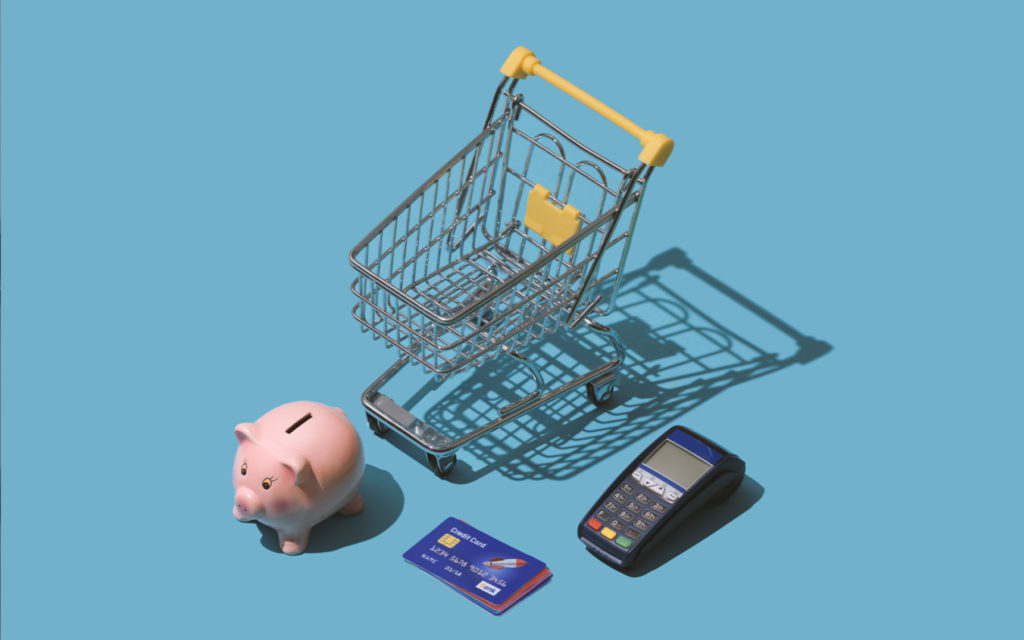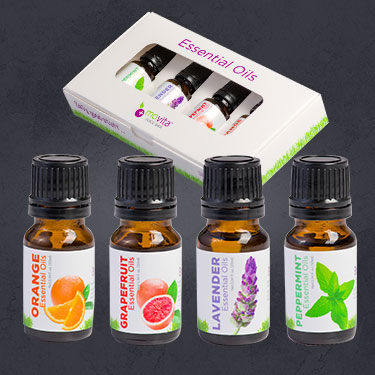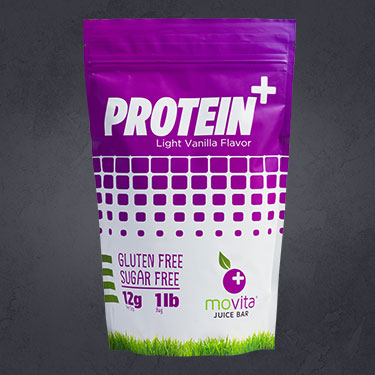
Healthy foods are too expensive.
Yes, many healthful foods are more expensive than their highly-processed counterparts, but that doesn’t mean that eating healthfully has to break the bank.
We’ve come up with the following tips to help purchase foods that adhere to Dietary Guidelines recommendations while staying within a reasonable grocery budget:
- Use a grocery list that is based on meals you’ve planned for the week. Shopping without a list often entails impulse purchases, which can increase your weekly grocery bill by 10%.
- Buy fewer sweetened beverages, cookies, cakes, candies, chips, and junk food. These foods contain little to no nutrients and are sources of added sugar and sodium. Added sugars and sodium are in turn associated with increased risk of heart disease, type 2 diabetes, obesity, and some types of cancer. Use the money you’ve saved to buy fruits and vegetables.
- Eating more fruits and vegetables is a hallmark of healthy eating, and there are several ways to save money on produce:
- Review the per pound price of fresh produce and choose the cheapest options. For example, at a grocery store last week there were fresh apples for $2.99 per pound, $1.69 per pound, and $1.29 per pound. Guess which ones you should purchase?
- Use the per pound price to decide which types of fresh produce to purchase. For example, if strawberries are $6.99 per pound and oranges are $0.99 per pound – choose the oranges.
- Convenience costs more. Buy fresh carrots, broccoli, cauliflower, and green beans that you can wash and cut-up yourself instead of the ones that are pre-cleaned and packaged.
- Frozen fruits and vegetables are often less expensive than fresh options and you don’t need to worry about them going bad. Look for fruit that has been frozen without added sugar and vegetables that were frozen without added salt or fatty seasonings.
- Purchase frozen vegetables in larger packages and cook only the amount you need for one meal. Frozen vegetables that have been pre-portioned in steamer bags are usually more expensive.
- Canned vegetables and fruit can be healthful, less expensive options than fresh fruits. For example, canned corn. Rinse canned vegetables under cold running water to remove about one-third of the sodium or look for vegetables canned without salt. Choose canned fruit in its own juice instead of sugary syrups.
- Store brands, on average, are 25% cheaper. Take a minute to scan the shelves as these items might be placed on a higher or lower shelf.
- Use coupons, but always compare the price – often the store brand is less expensive than the name brand, even with a coupon.
- Whole chickens are less expensive than boneless, skinless cuts of chicken. Look for sales when you can purchase chicken in bulk, then package what you’ve purchased into meal-size portions and freeze.
- Eating seafood 2-3 times per week is one of the Dietary Guidelines goals, yet seafood is often expensive. Use these tips for healthful, less-expensive seafood:
- Choose frozen seafood that isn’t breaded or seasoned (which usually contains more sodium) instead of fish at the seafood counter. Much of the ‘fresh’ seafood was frozen after it was caught and then thawed.
- Canned tuna or salmon are quick, simple and less expensive ways to include seafood in your meals. Canned light tuna is lower in mercury and also less expensive than albacore or white tuna.
DISCLAIMER: These statements have not been evaluated by the FDA. The information is for informational purposes and is not intended to treat, diagnose or cure any illness. Consult a physician before taking any action.
Want to contribute great content?
We are looking for contributors provide our readers with great healthy content to encourage positive living. If you're interested in becoming a contributor pease email us at blog@movitajuicebar.com



